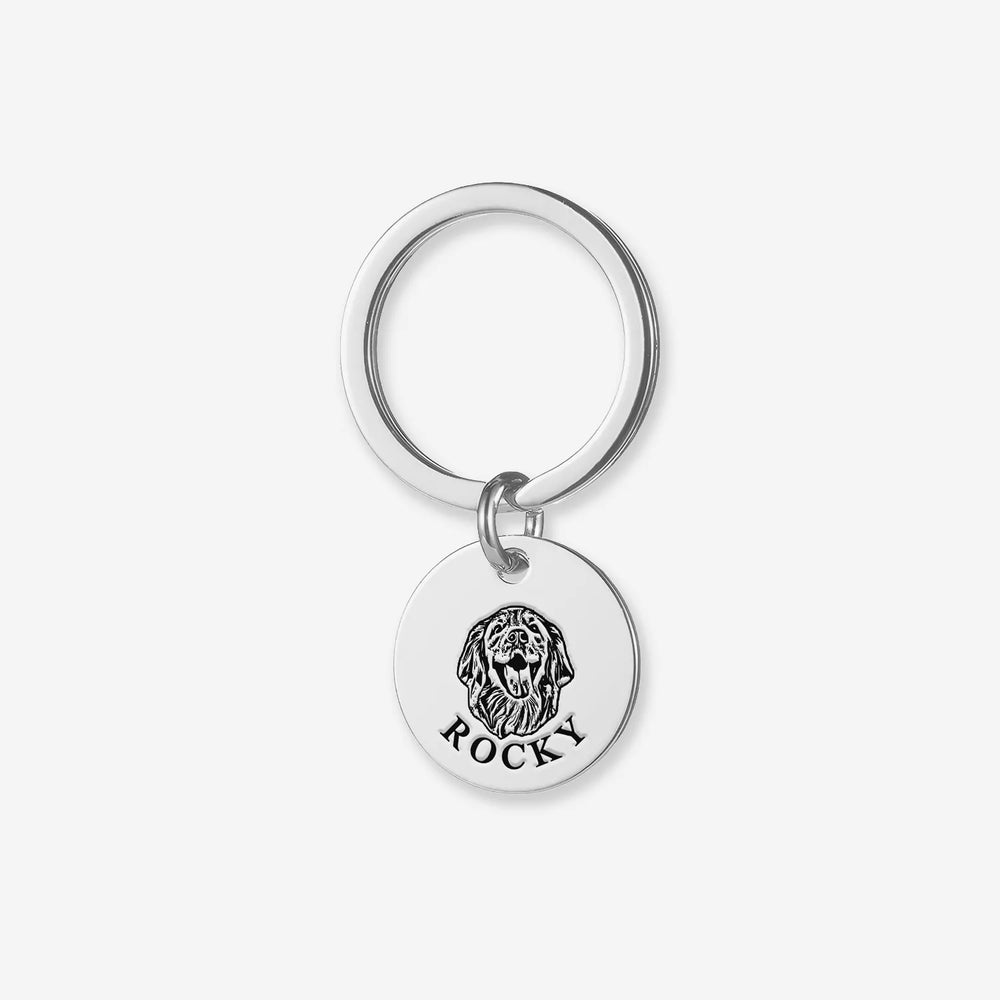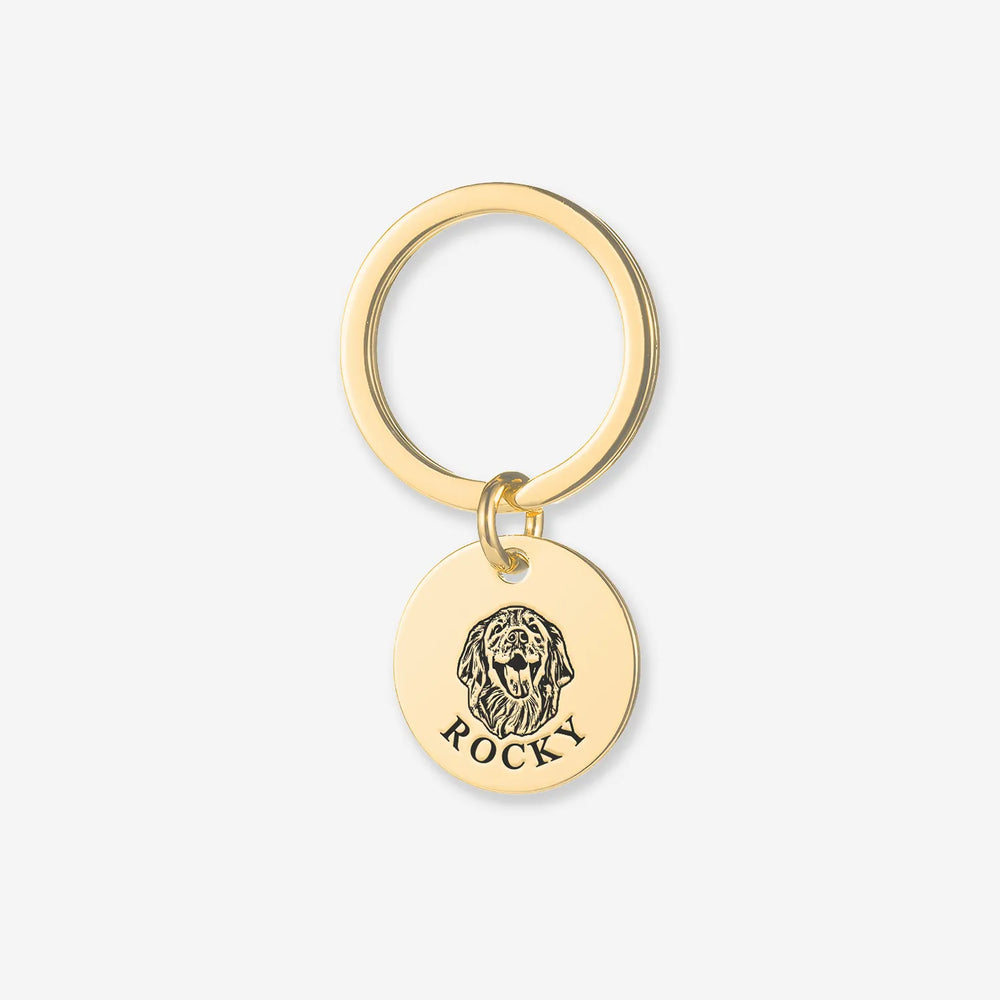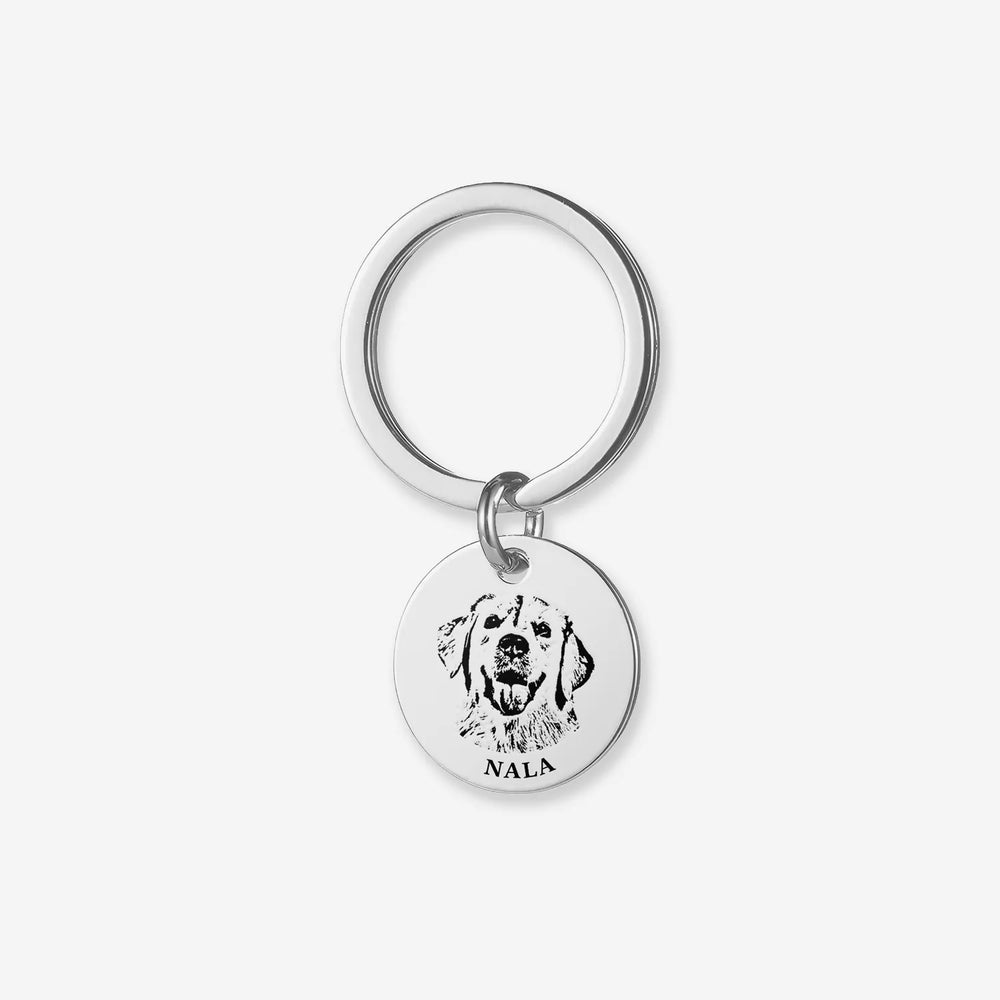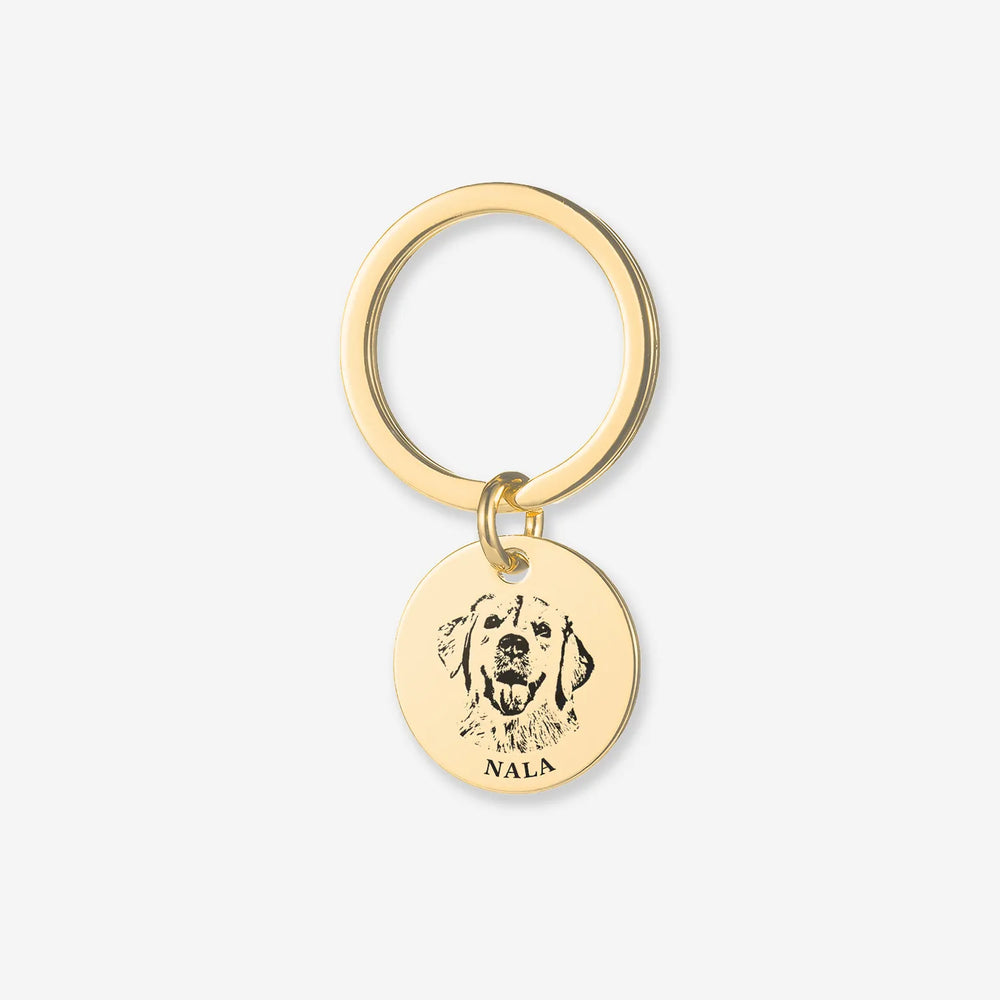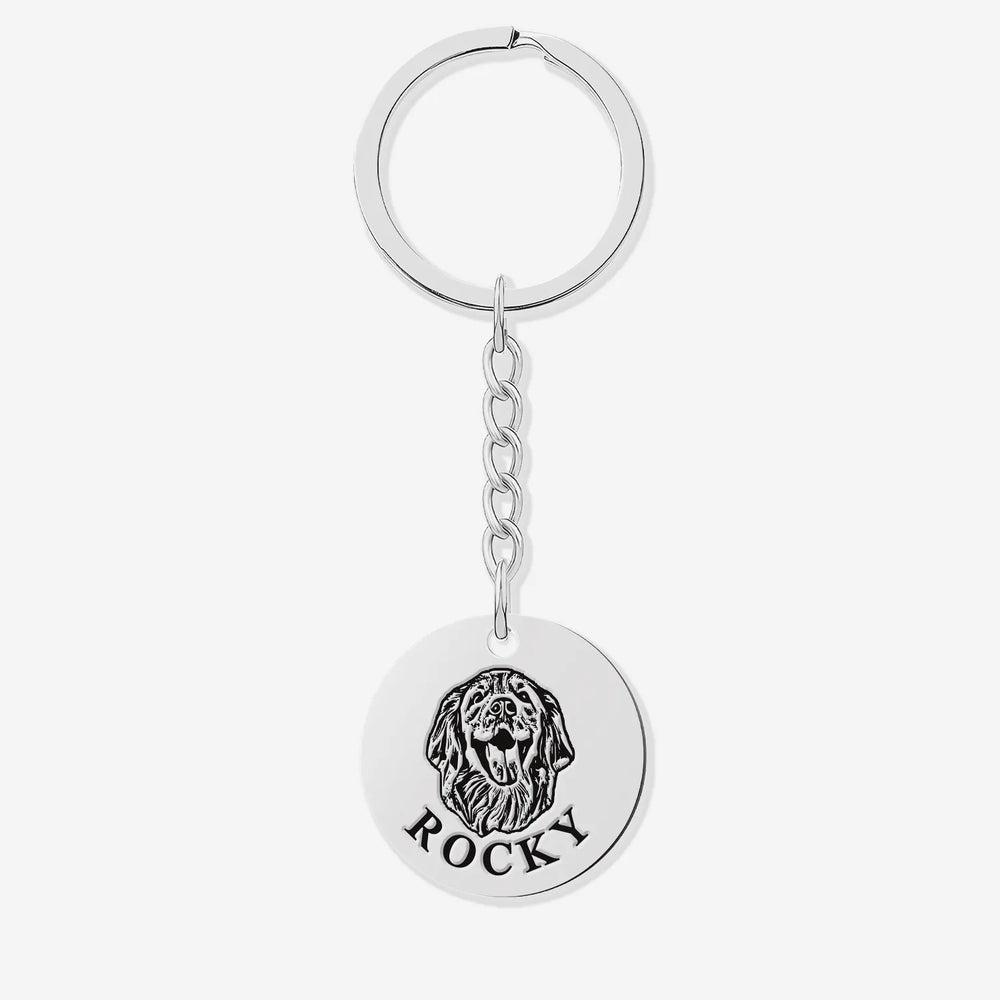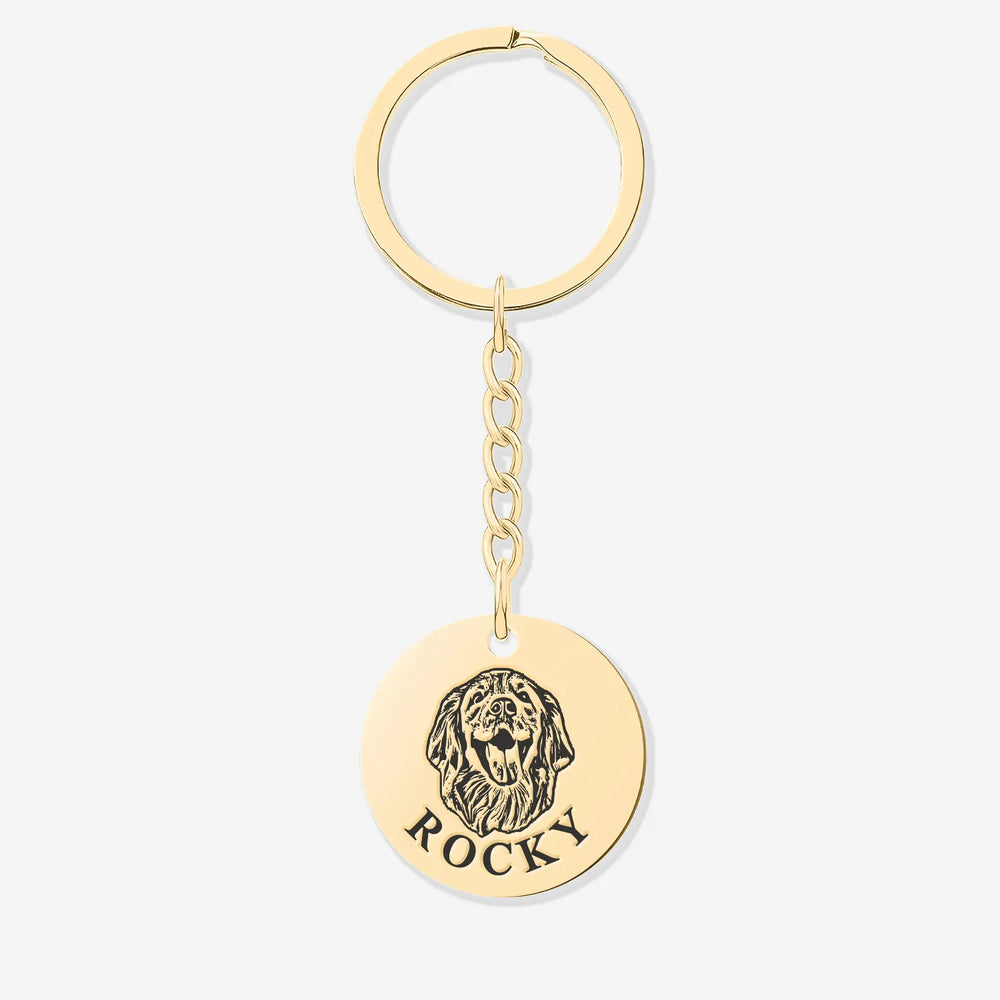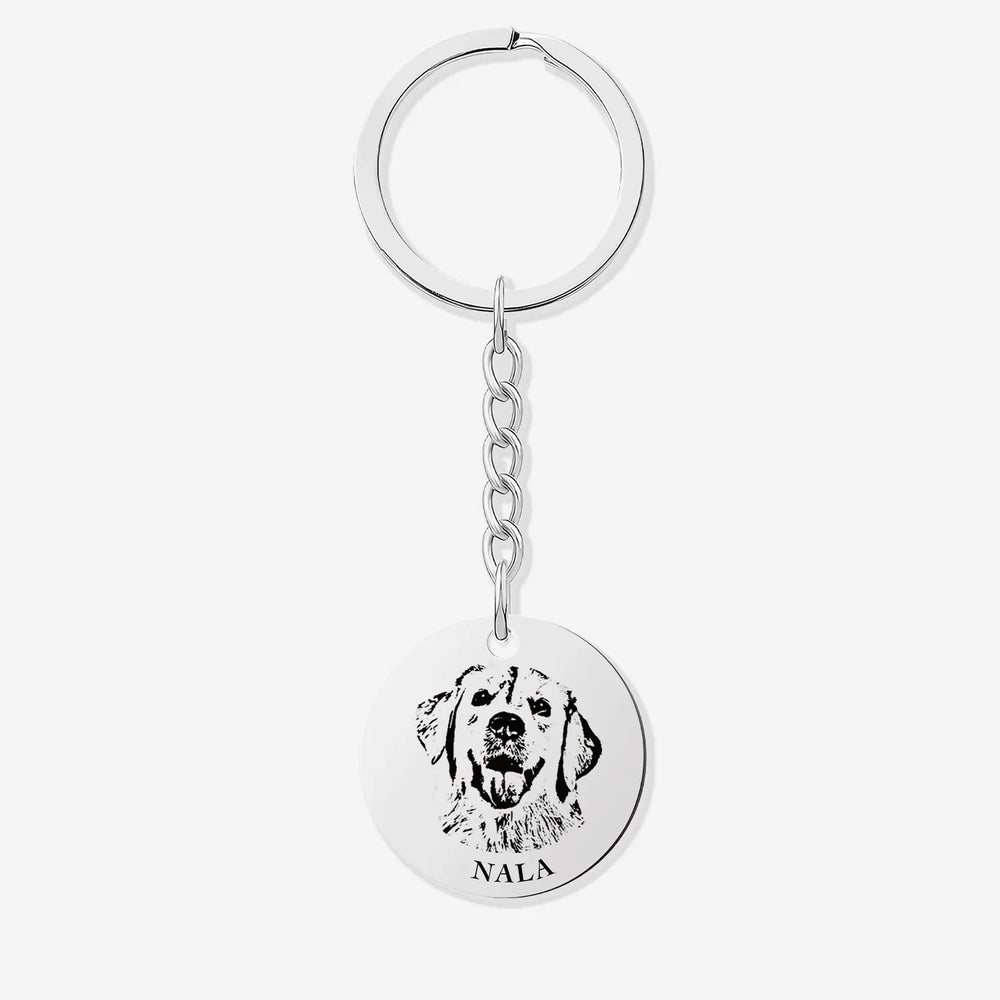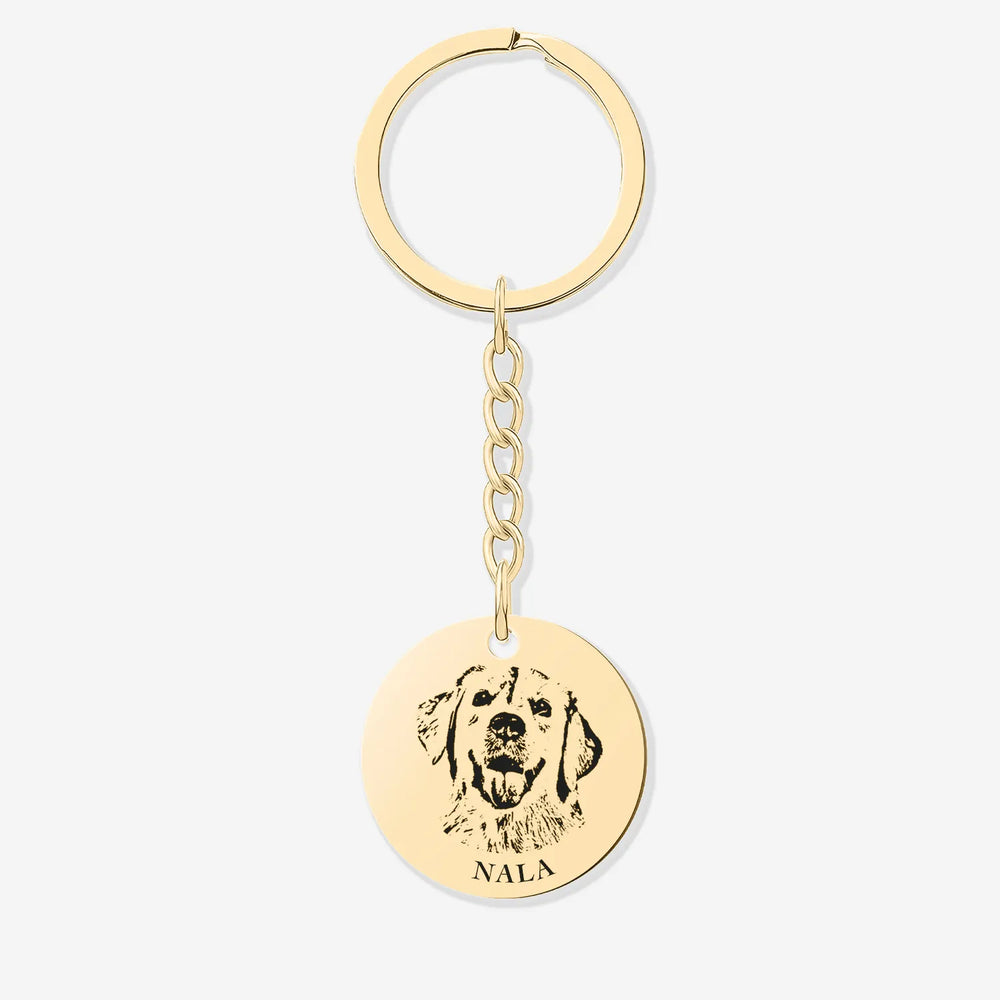Buy One, Get One FREE
Saving Your Cat From Death from Kidney Failure

Prevent Your Cat from Dying of Renal Failure

Kidney failure is a serious and common health issue in cats, particularly in older ones. Recognizing the signs your cat is dying of kidney failure can help you take timely action. Understanding what happens when a cat is dying of kidney failure is crucial to prevent this life-threatening condition from progressing too far. Early detection and proper management can improve your cat’s chances of survival and quality of life.
1. Increased Thirst: A Common Symptom
One of the first signs your cat is dying of kidney failure is an increase in thirst. When the kidneys stop functioning properly, they lose the ability to concentrate urine. This causes your cat to feel constantly thirsty and drink water more frequently than usual. If you notice this change, it’s important to consult your vet for a thorough examination.
2. Changes in Urination: A Clear Warning
What happens when a cat is dying of kidney failure? You may notice increased or decreased urination. Cats with kidney failure might urinate frequently, or they may experience frequent urges but pass only small amounts of urine. On the other hand, some cats may produce little to no urine at all. Both extremes indicate serious kidney dysfunction that needs urgent attention.
3. Abnormal Urine: A Visible Sign
Pay attention to changes in your cat's urine. It may become cloudy, dark yellow, or even contain blood. These visible changes in urine are alarming signs your cat is dying of kidney failure and require immediate veterinary care.
4. Decreased Appetite and Weight Loss
As kidney failure progresses, your cat may lose interest in food, leading to significant weight loss. A decline in appetite is another indication that the kidneys are no longer filtering toxins efficiently, making the cat feel sick. If your cat stops eating or loses weight suddenly, it’s time to take them to the vet.
5. Vomiting and Diarrhea: Signs of Toxin Build-Up
When a cat's kidneys fail to remove toxins from the body, those toxins can accumulate and affect other organs. As a result, your cat may experience vomiting or diarrhea. These symptoms are clear indications of advanced kidney failure, showing what happens when a cat is dying of kidney failure. Prompt treatment is essential to prevent further complications.
6. Dehydration: A Serious Concern
Since kidney dysfunction leads to excessive water loss, dehydration becomes a major issue. Signs include dry mouth, poor skin elasticity, and lethargy. Rehydration and close monitoring are crucial during this stage of kidney failure.
7. Behavioral Changes: Lethargy and Irritability
Behavioral changes, such as lethargy or irritability, are often overlooked. A cat in the later stages of kidney failure may become unusually quiet, tired, or even aggressive. These shifts in behavior, along with physical symptoms, are among the key signs your cat is dying of kidney failure.
Treatment Options for Cats with Kidney Failure

Once you recognize these warning signs, treatment becomes critical. Chronic kidney failure can’t be cured, but it can be managed to slow the disease's progression. Here are some steps to take:
-
Medication: Follow your vet’s guidance for proper medication. Regular check-ups are essential to monitor your cat’s condition, ensuring the prescribed treatment plan is effective. Medications like "Qianbei Shen Kang" can help reduce harmful levels of creatinine and blood urea nitrogen, improving kidney function.
-
Dietary Changes: Adjusting your cat’s diet is a key part of managing kidney failure. Prescription food can help reduce the strain on the kidneys. Cats with acute kidney failure may need these foods for a short period, while those with chronic kidney failure will require long-term dietary management.
-
Nutritional Support: Cats with kidney failure often lose vital nutrients like vitamins B and C. Replenishing these nutrients can improve your cat’s overall condition and slow the disease's progression.






